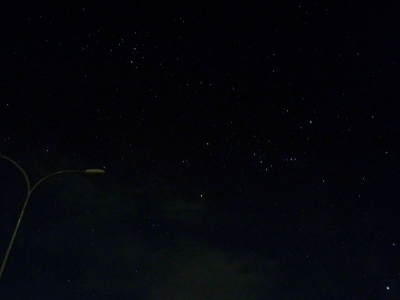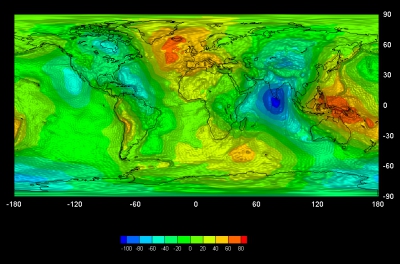Saturday, December 18. 2010
Total lunar eclipse on 21 Dec: Not visible in Maldives
Shame. The last eclipse for 2010, a total lunar eclipse, to occur on the 21st of December will not be visible in the Maldives. The entire 72 minutes of totality will be visible for North America and parts of it visible to South America, UK, most European countries, East Asia and much of Australia.
The next earliest eclipse visible in the Maldives will be a total lunar eclipse occurring on 15 June 2011 with the penumbral phase beginning at 10:25PM. The next solar eclipse visible in the Maldives isn't due to occur until 2016.
More info on the 21st Dec eclipse:
- Eclipse event page at NASA
- Eclipse path and visibility
The next earliest eclipse visible in the Maldives will be a total lunar eclipse occurring on 15 June 2011 with the penumbral phase beginning at 10:25PM. The next solar eclipse visible in the Maldives isn't due to occur until 2016.
More info on the 21st Dec eclipse:
- Eclipse event page at NASA
- Eclipse path and visibility






